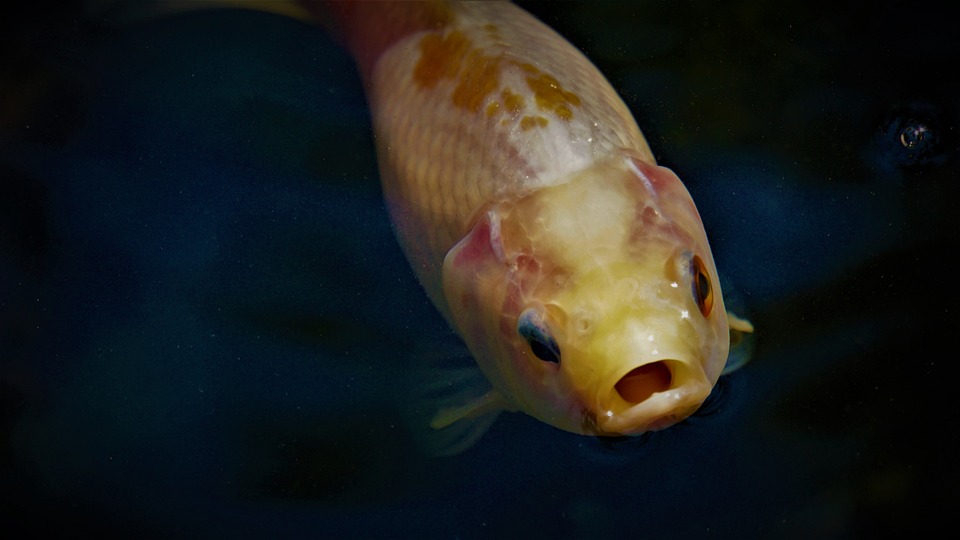Title: Creating an Optimal Environment for Fish Fry: A Comprehensive Guide
Introduction:
As a fish enthusiast, it is crucial to understand the significance of providing a suitable environment for fish fry. This article aims to provide comprehensive insights into establishing and maintaining an environment that promotes the healthy growth and development of fish fry. Additionally, we will address commonly asked questions related to this topic.
I. Understanding the Importance of a Suitable Environment for Fish Fry
a. The critical role of water quality and temperature
b. The significance of oxygen levels in the aquarium
c. The impact of lighting and tank size on fish fry health
Fish fry are delicate and require specific environmental conditions for their growth and development. Water quality plays a crucial role in their well-being. Ensuring proper filtration and regular monitoring of water parameters such as pH, ammonia, nitrite, and nitrate levels are essential.
Maintaining an optimal temperature is equally important. Different fish species have different temperature requirements, so it is essential to research the specific requirements of the fish fry you are raising. Providing a stable temperature and avoiding sudden fluctuations is vital for their health.
Oxygen levels in the aquarium are also critical. Adequate oxygenation can be achieved through the use of air stones, surface agitation, or aeration devices. Proper oxygenation promotes healthy growth and helps prevent diseases in fish fry.
Lighting and tank size are often overlooked but can significantly impact fish fry health. Providing appropriate lighting conditions, such as a natural day and night cycle, helps regulate their growth and behavior. Additionally, providing enough space in the tank for fish fry to swim and explore is essential for their overall well-being.
II. Setting Up the Perfect Environment for Fish Fry
a. Selecting an appropriate aquarium or tank
b. Choosing the right filtration system
c. Creating a balanced ecosystem with live plants and hiding spots
d. Introducing suitable tank mates (if applicable)
e. Monitoring water parameters regularly
When setting up a tank for fish fry, it is important to choose an appropriate aquarium or tank size. A larger tank provides more stable water conditions and allows fish fry to grow without feeling cramped. Additionally, selecting a suitable filtration system that can handle the tank’s size and workload is crucial for maintaining water quality.
Creating a balanced ecosystem within the tank involves adding live plants. Live plants not only provide natural hiding spots and stimulation for fish fry but also help maintain water quality by absorbing excess nutrients.
If introducing tank mates, ensure they are compatible and won’t harm or stress the fish fry. Research the species’ behavior and their compatibility with fish fry to avoid any potential issues.
Regularly monitoring water parameters, such as temperature, pH, ammonia, nitrite, and nitrate levels, is essential for maintaining a healthy environment. Regular testing and adjustments ensure that water conditions remain optimal for fish fry growth and development.
III. Maintaining an Optimal Environment for Fish Fry
a. Establishing a regular feeding schedule
b. Monitoring and maintaining water temperature
c. Conducting routine water changes
d. Ensuring proper filtration and cleaning
e. Maintaining appropriate lighting conditions
f. Addressing potential diseases promptly
Establishing a regular feeding schedule is crucial for fish fry growth. Feed them small, frequent meals that are appropriate for their size and species. High-quality fry food or finely crushed flakes are commonly recommended. Avoid overfeeding, as it can lead to poor water quality and health issues.
Monitoring and maintaining water temperature is vital for fish fry. Use a reliable heater and a thermometer to ensure a stable temperature within the recommended range for the specific species.
Regular water changes help maintain good water quality by removing waste and excess nutrients. Perform partial water changes of around 20-30% weekly or as needed, depending on water conditions.
Proper filtration and regular cleaning of the tank are essential for maintaining optimal water quality. Follow the manufacturer’s recommendations for filter maintenance and clean the tank regularly to remove debris and waste.
Maintaining appropriate lighting conditions helps regulate fish fry growth and behavior. Provide a natural day and night cycle by using a timer for the aquarium lights.
Promptly addressing any signs of stress or illness in fish fry is crucial. Look out for signs such as loss of appetite, lethargy, abnormal swimming behavior, or visible signs of disease. Consult a veterinarian or experienced fish keeper if you notice any concerning symptoms.
IV. Frequently Asked Questions (FAQs)
Q1: How often should I feed fish fry, and what is the ideal diet?
Q2: Is it necessary to provide a heater for fish fry?
Q3: Can I keep fish fry in the same tank as adult fish?
Q4: How frequently should I perform water changes for fish fry?
Q5: Are there any specific signs of stress or illness I should look out for in fish fry?
Conclusion:
By understanding the essential elements required for establishing and maintaining a suitable environment for fish fry, you can ensure their healthy growth and development. Remember to monitor water quality, temperature, and provide appropriate nutrition. Additionally, prompt action in addressing any emerging issues will contribute to the long-term success of your fish fry.









